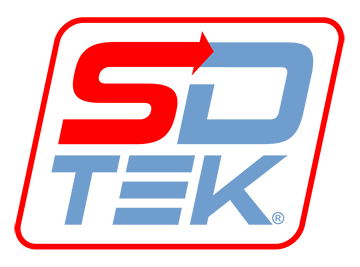What To Expect From SDTEK’s Managed Services

Last week on our blog we shared how hiring a managed service provider can give you peace of mind. This week we’d like to dive in a little deeper and breakdown for you exactly what a managed service does and what is the benefit from it. In fact, we’re giving you a peek into our own managed services. Here is what you can expect from SDTEK:
SERVICE: Daily Safety Check
What it does:
Automated daily scan of your most critical systems.
Check back-up status.
Verifies your anti-virus.
Benefits:
Provides an added layer of protection to your critical systems.
Enhances your security.
Gives you peace of mind.
SERVICE: Daily Health Check
What it does:
Automated daily, detailed scan of your network and servers.
Checks a more comprehensive list of applications.
Provides a detailed report, delivered to you whenever, wherever you need it.
Benefits:
Gives you more comprehensive information about your systems’ performance.
Less downtime.
Takes away the worry of things going wrong.
SERVICE: Server & Network Monitoring
What it does:
Monitors all network and Internet connections, 24/7.
Delivers information quickly about any errors.
Highlights what areas need fixing.
Benefits:
Provides faster, more extensive fixes – even the smallest of issues are flagged.
Sorts a comprehensive range of issues early before any damage is done.
Truly maximizes the performance of your systems.
SERVICE: Server & Network Management
What it does:
Fully outsource service.
24/7 Monitoring
Comprehensive help desk and support service.
Builds on the first three service areas to give you complete systems management.
Benefits:
Predictable monthly costs.
Frees up internal resources.
Provides maximum security protection.
Minimizes downtime.
SOMETHING TO THINK ABOUT: Proactively Monitoring
If you are not proactively monitoring, optimizing and managing your technology – this can negatively affect you and your daily business operations in a number of ways, including:
- Losing time and customers due to downtime.
- Unpredictable costs of trying to fix issues.
- Increasing risk of virus attacks and hackers.
Working with a managed service provider (MSP) can help you find a proactive support model that fits your organization. An MSP will take away worries and concerns about the safety of your technology giving you peace of mind and leaving you free to grow and expand upon your business. To learn more about SDTEK’s technology services, please contact us today.
The post What To Expect From SDTEK’s Managed Services appeared first on SDTEK | San Diego, CA.


